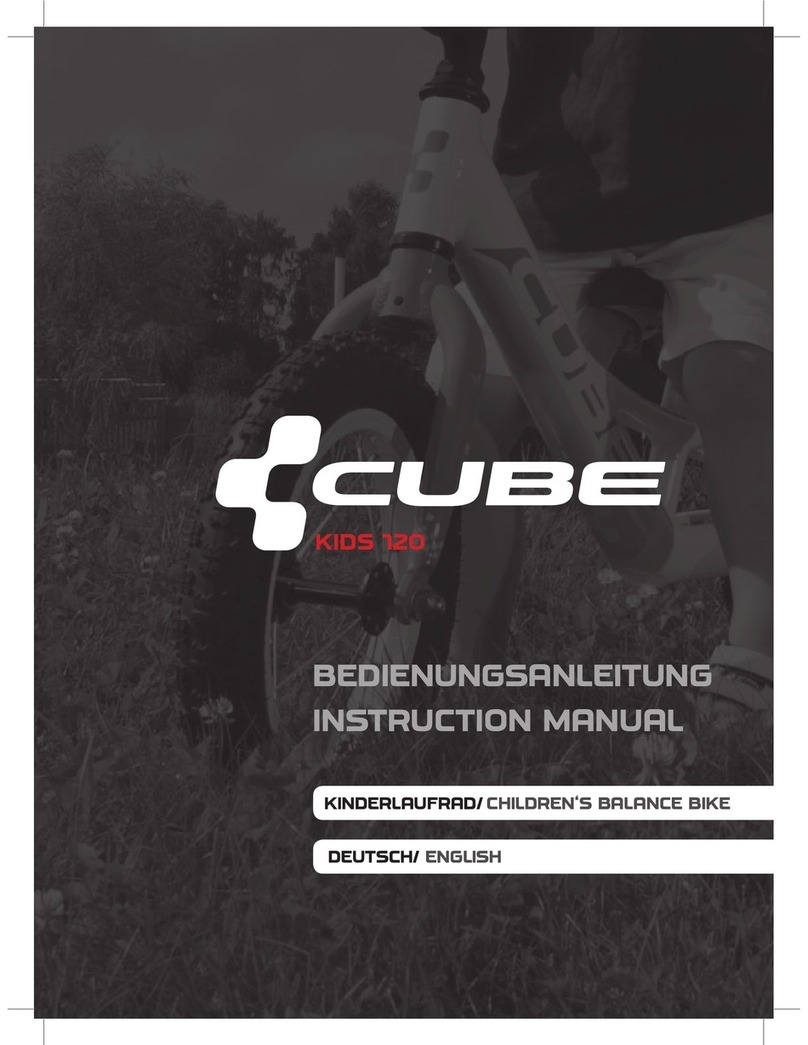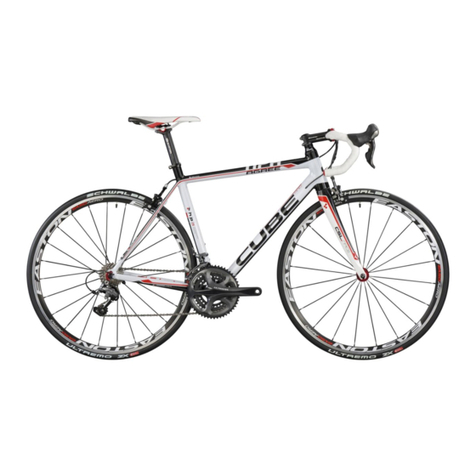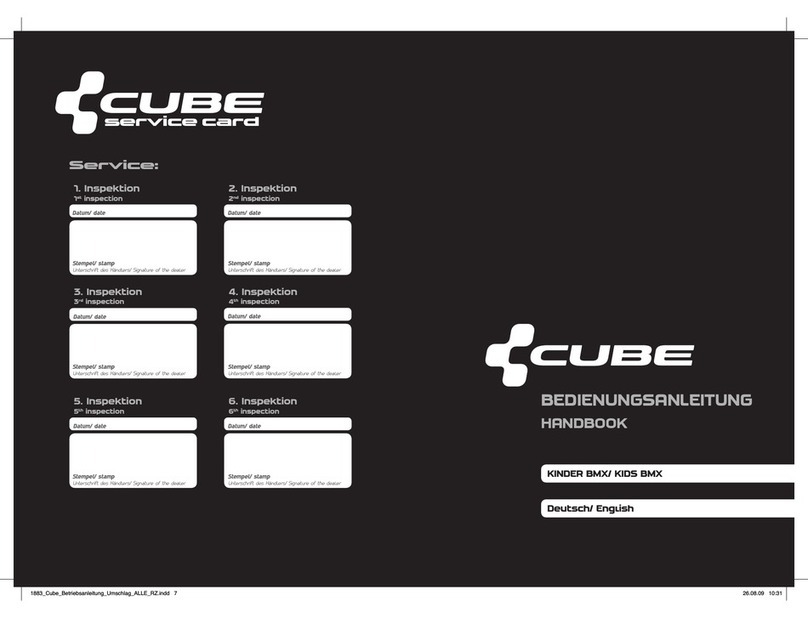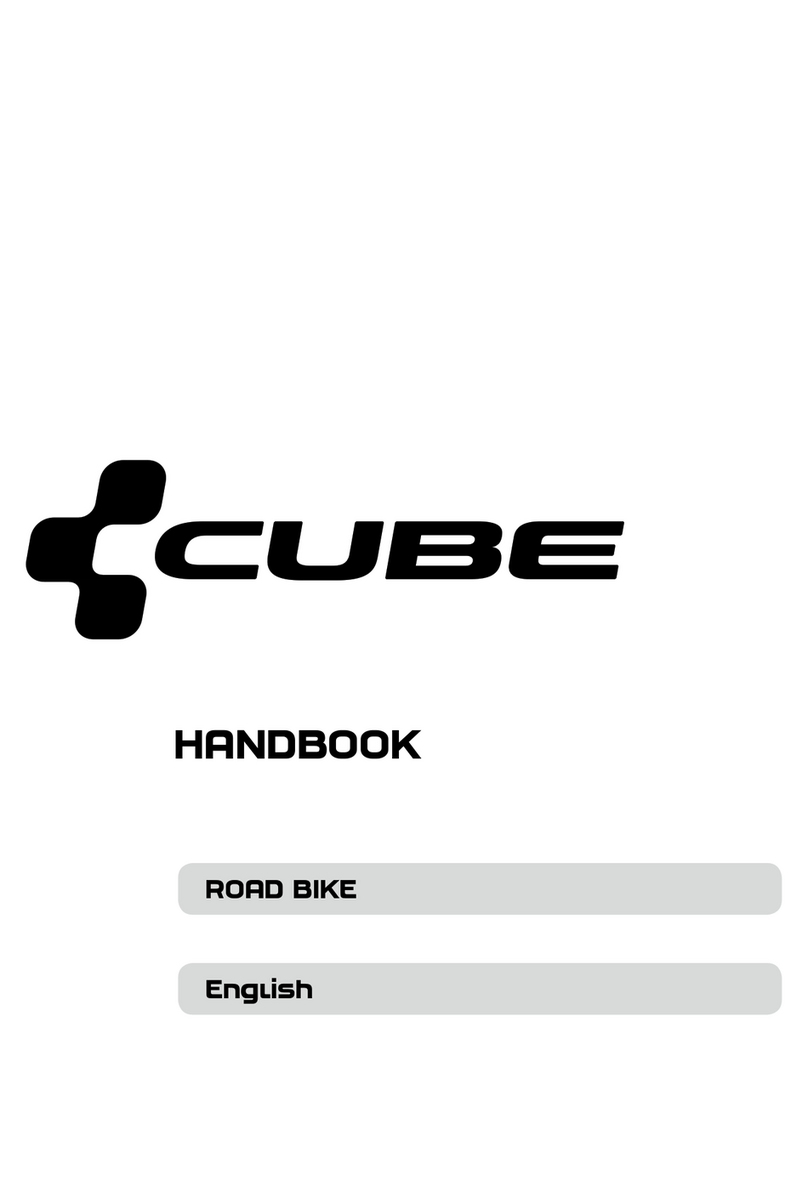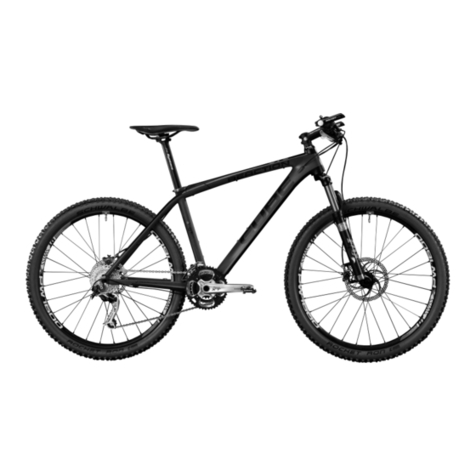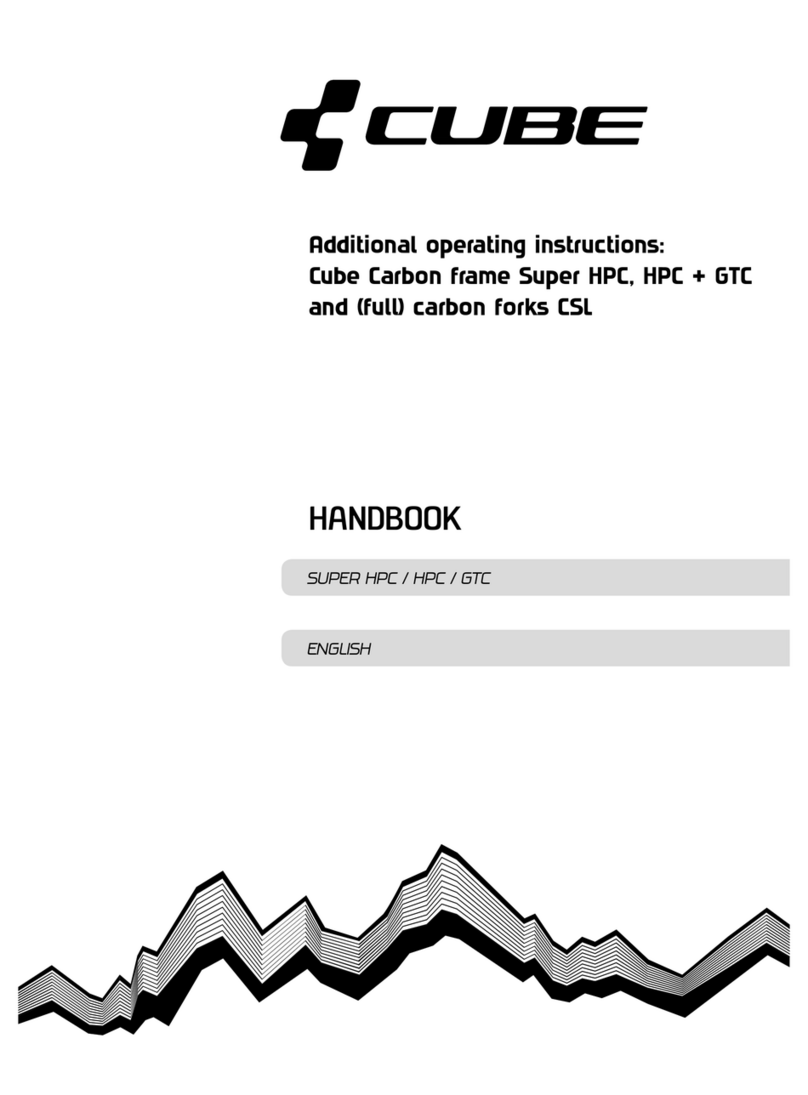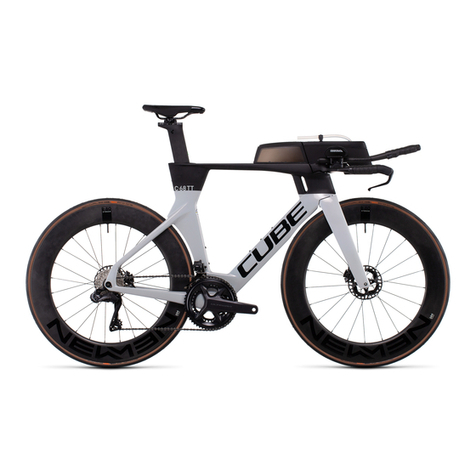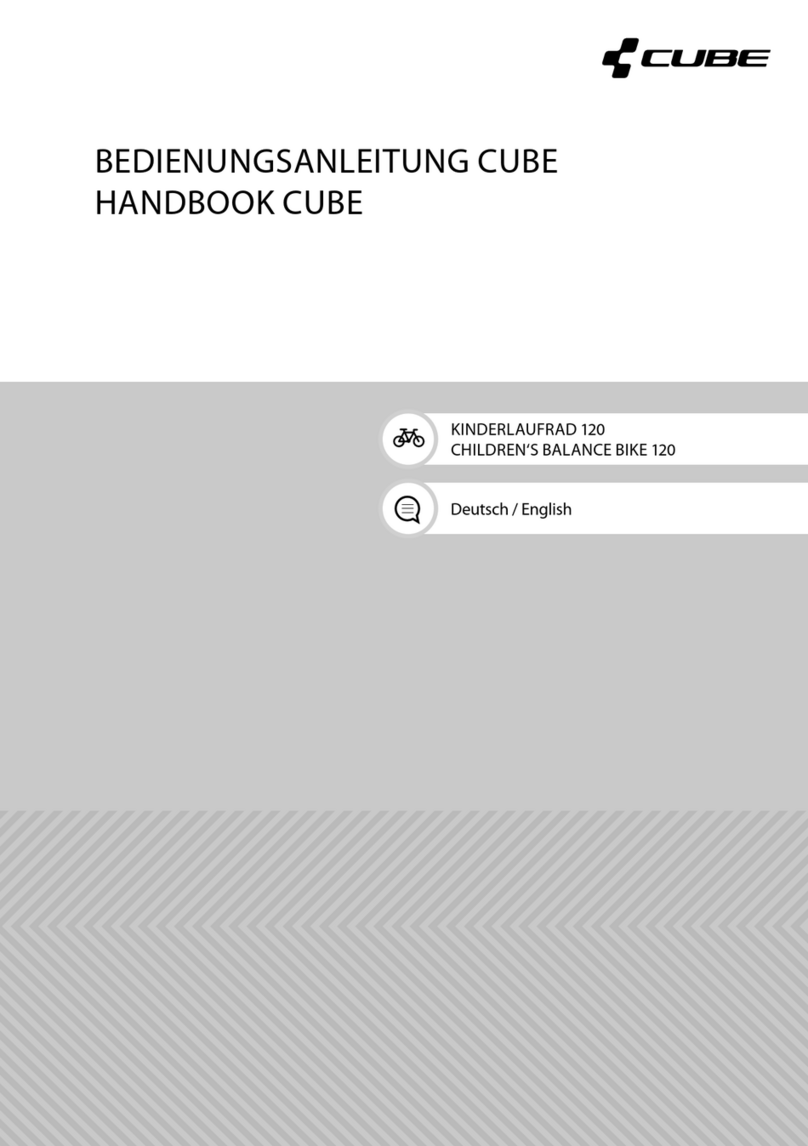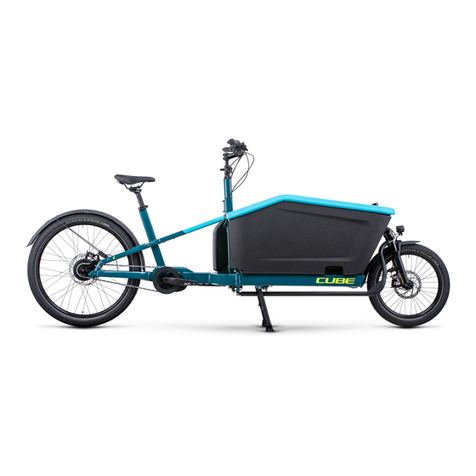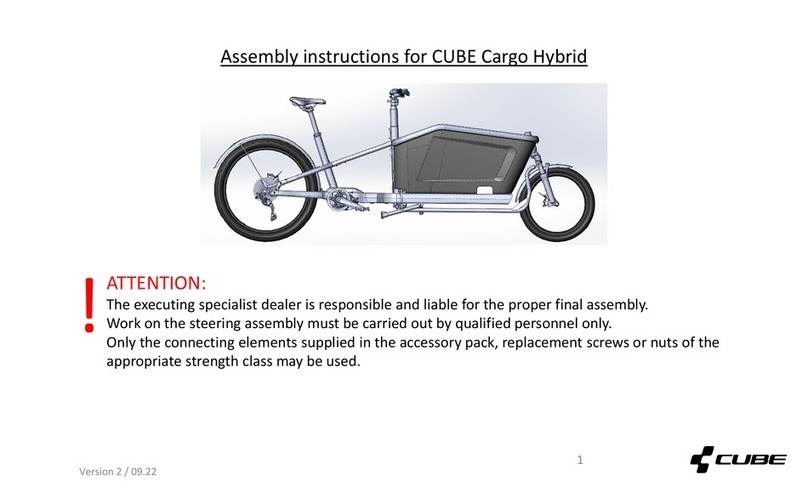
Table of contents
1 About these original instructions.............. 5
1.1 Conventions.................................... 5
1.1.1 Descriptions..................................... 5
1.1.2 Positional designations............... 5
1.1.3 Denition of terms........................ 5
1.1.4 Figures............................................... 6
1.2 General notes on these orig‐
inal instructions.............................. 7
1.2.1 Scope.................................................. 7
1.2.2 Additionally applicable docu‐
ments................................................. 7
2For your safety..................................................... 7
2.1 Using your Trike Hybrid as
intended............................................ 8
2.1.1 What is your Trike Hybrid
designed for?................................... 8
2.1.2 Who can ride your Trike
Hybrid?.............................................. 8
2.1.3 How may you ride your Trike
Hybrid?.............................................. 8
2.1.4 How to use the box?..................... 8
2.1.5 What applies to rear carriers/
child seats/bicycle trailers?......... 9
2.1.6 On which surfaces are you
allowed to ride your Trike
Hybrid?.............................................. 9
2.1.7 What legal requirements apply
to riding the Trike Hybrid?.......... 9
2.1.8 Accessories and conversions..... 10
2.2 Avoiding typical dangers............ 10
2.2.1 Dangers due to faulty nal
assembly........................................... 10
2.2.2 Dangers for certain groups of
people (e.g. children)................... 11
2.2.3 Dangers when (rst) cycling
with your Trike Hybrid................. 11
2.2.4 Hazards during handling............ 12
2.2.5 Dangers due to improper care,
maintenance and repair.............. 13
2.3 Residual risks................................... 13
3Scope of delivery, technical data................ 14
3.1 Scope of delivery........................... 14
3.2 Identication/type plate............. 14
3.3 Permissible total weight (Trike
Hybrid)............................................... 14
3.4 Trike Family HybridMaximum
payload.............................................. 15
3.4.1 Maximum payload for the box. 15
3.4.2 Maximum payload depending
on the permissible total
weight (calculation examples).. 15
3.5 Screw connections........................ 17
3.5.1 Which screw connections may
you tighten yourself?.................... 17
3.5.2 Torques and screw connec‐
tions.................................................... 18
4Structure and functions.................................. 18
4.1 General information/model
overview............................................ 18
4.2 Electric drive.................................... 18
4.3 Brakes................................................. 18
4.4 Shifting.............................................. 19
4.5 Handlebars, handlebar stem..... 19
4.6 Suspension fork.............................. 20
4.7 Box...................................................... 20
5 Before using for the rst time...................... 21
5.1 Getting your Trike Hybrid
ready to ride.................................... 21
5.2 Getting to know your Trike
Hybrid................................................ 21
6 Before every trip................................................. 22
6.1 Checking the Trike Hybrid as a
whole.................................................. 22
6.2 Checking the wheels.................... 23
6.2.1 Checking the installation............ 23
6.2.2 Checking the rims.......................... 23
6.2.3 Checking the spokes.................... 23
6.2.4 Checking the tyres......................... 23
6.3 Checking the saddle and seat
post..................................................... 25
6.4 Checking the handlebars and
handlebar stem.............................. 25
6.5 Checking the handlebar
attachments..................................... 26
6.6 Checking the headset.................. 26
6.7 Checking the suspension fork... 27
6.8 Checking the brakes..................... 27
